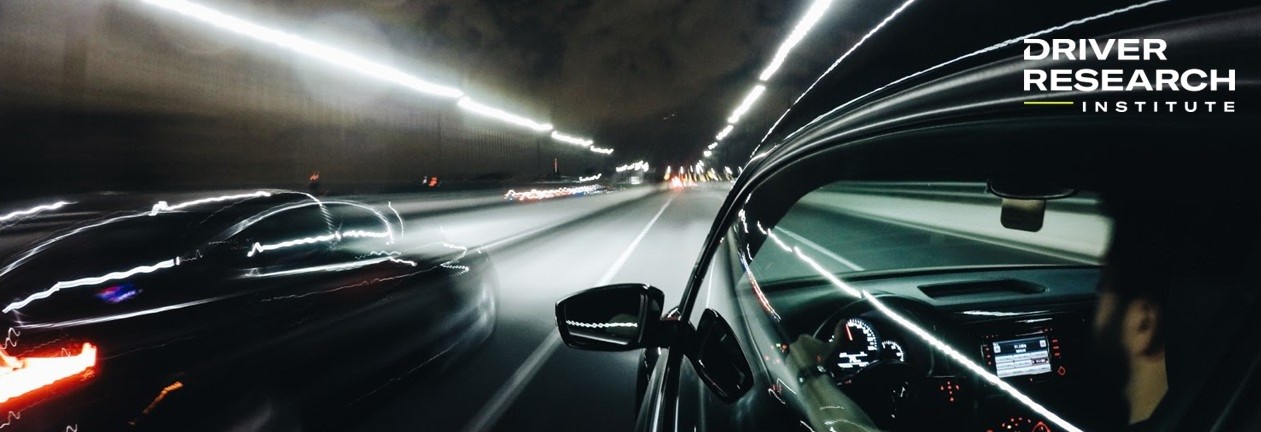
Human Factors is the scientific study of how people interact with their environment, with the ultimate goal of identifying our abilities and limitations as we navigate complex systems like roadways. A human factors expert is someone who possesses both knowledge and experience in investigating driver behavior in collisions.
To eliminate bias, we adhere to the classical scientific approach by comparing a sample of driver behavior to what has been documented in published research on similar scenarios. This allows us to make objective evaluations of a driver’s response based on the behaviors of other drivers in comparable situations.
At the Driver Research Institute, we specialize in understanding how drivers respond in emergency scenarios, with a focus on factors like Perception Response Times, Looming Events, Nighttime Recognition, and Conspicuity. However, we also recognize the importance of studying driver behavior leading up to emergency situations. For example, did the driver speed when others would have slowed down? Did they try to beat a yellow light when most drivers would have stopped?

At the Driver Research Institute, we are committed to conducting independent research that advances our understanding of driver behavior. We are continuously engaged in a series of ongoing studies, including:
- A new nighttime visibility model
- Perception Response Time (PRT) in naturalistic crash and near crash data from the SHRP2 database
- Driver braking and swerving behavior from the SHRP2 database
- Driver eye glances on highways and surface streets
- Establishing a minimum threshold for recognition of retroreflective markings on tractor trailers




